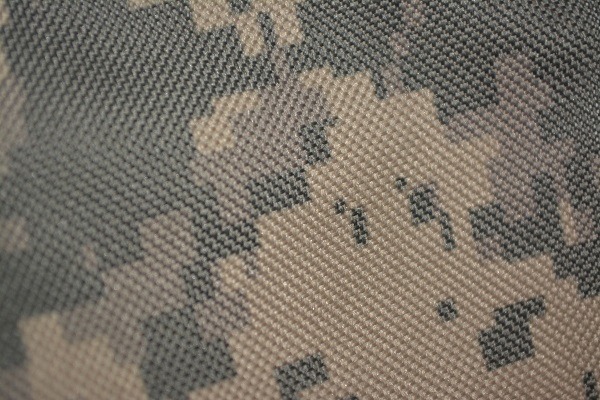Camouflage suits are very popular among hunters and fishermen. The idea is to make hunters invisible by wearing camouflage. In fact, that is true. But does this render them invisible to wildfowl in particular? You will find that answering this question affirmatively is not as easy as it seems.
What is camouflage and how it works
Camouflage and ghillie suits were initially designed for military purposes: it makes a person invisible to the intended enemy and difficult to aim.
Camouflage serves to distort the target. Wearing it, the person is still visible, but very unclear. Camouflage seems to break the silhouette, blur it, making it difficult to aim and shoot at. While ghillie suits allow becoming almost invisible, to merge with the surrounding landscape.
Camouflage colours use different patterns that the human brain perceives in different ways. For example, when we see a pixel pattern, we do not perceive it as something important, rather than visual noise. So, we do not linger on such objects. While multicam pattern has a special arrangement of spots of a special shape and colours that makes it difficult for a human eye to concentrate on.
How wildfowl sees camouflage
The eyesight of animals is different to that of humans, and they see colours differently. Therefore, nature has created all that wide range of camouflaging colours and patterns we observe on animals skins. They may seem illogical for humans but work perfectly in a wiled life. Here is a vivid example — the antelope sees the orange-black striped colour of the tiger as a set of black and green stripes, which makes the tiger camouflaged perfectly. But how many animals have you seen in green-brown spots?
Birds – ducks or geese – whose eyesight goes into the ultraviolet range, are good examples of how useless human camouflage can be at times. In their eyes, the white spots in camouflage will literally sparkle, which means seeing it, the bird will become alerted and increase the flight altitude, becoming inaccessible for a shot.
Furthermore, some animals rely more on smell than sight. An elk or a wild boar will smell a hunter long before they can see him, so camouflage in hunting these animals might be useless either.
One more argument, why a camouflage can play against a hunter is that it indeed blurs the silhouette. But still, animals can feel something suspicious, remotely resembling a person, and hide in the thicket long before a hunter can approach them for a good shot.
How to choose a camouflage invisible for wildfowl
But hunters are (luckily) not facing enemy snipers in the forest, rather than animals, whose perception of colour is very different from that of humans. This means that an incorrectly selected suit may not only turn out to be useless, but worse, it can make a hunter very noticeable to the beast.
We also recommend waterfowl waders are the best protection for your outdoor adventure.
To get an expert opinion on the topic, we gave a call to consultants from Horsley Park Gun Shop, which is selling professional ammunition, and asked them for advice on what would be the most effective types of camouflage for hunting. Here is what they’ve told us.
There is no one-size-fits-all camouflage or camouflage pattern that will work in any setting, but still, a variety of special designs for hunting exists. The main requirement for patterns is that they would repeat themselves as rarely as possible and would be asymmetrical. The best would be non-repetitive patterns. The scientific explanation is that the brain of any living creature is always looking for and isolating similar objects.
There are two good types of camouflage for hunters: “dismemberment” and bionic.
The “dismemberment” type camouflaging effect is based on breaking the lines of eye movement — it does not allow to highlight the silhouette of the hunter as a whole.
This type includes optifade pattern, which is developed in consideration of the visual perception of ungulates and birds. They are unable to hold their gaze on the pattern because the drawing looks unattractive. However, this pattern isn’t versatile and useless when hunting waterfowl, for example.
We’ve mentioned the multicam pattern before, as it is one of the most versatile patterns originally designed in the USA. Its main advantage is that it fits almost any type of terrain and has shown itself well for animal hunters. But it turned out to be absolutely unsuitable for hunting a waterfowl as optifade does.
The bionic type has effects like ghillie suits do and imitates elements of the hunting area background. It helps to achieve almost complete invisibility. Bionic patterns are the closest possible to natural prints and work well for hunting. They work best when the rhythm of the print is not repeated too often. Ideally, it is not repeated at all. Also, animals won’t spot a human wearing this type of camouflage if there won’t be any large white and black stripes or spots on it, since they do not occur in nature and look unnatural and suspicious both for animals and birds.
Not every camouflage is good for hunting
As we see now, not every type of camouflage works in wildlife as good as for military purposes. This means that hunters should buy apparel in consideration of the scientific facts that humans and animals see colours and patterns differently.

